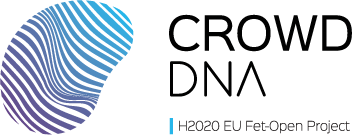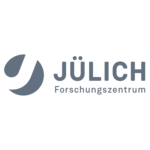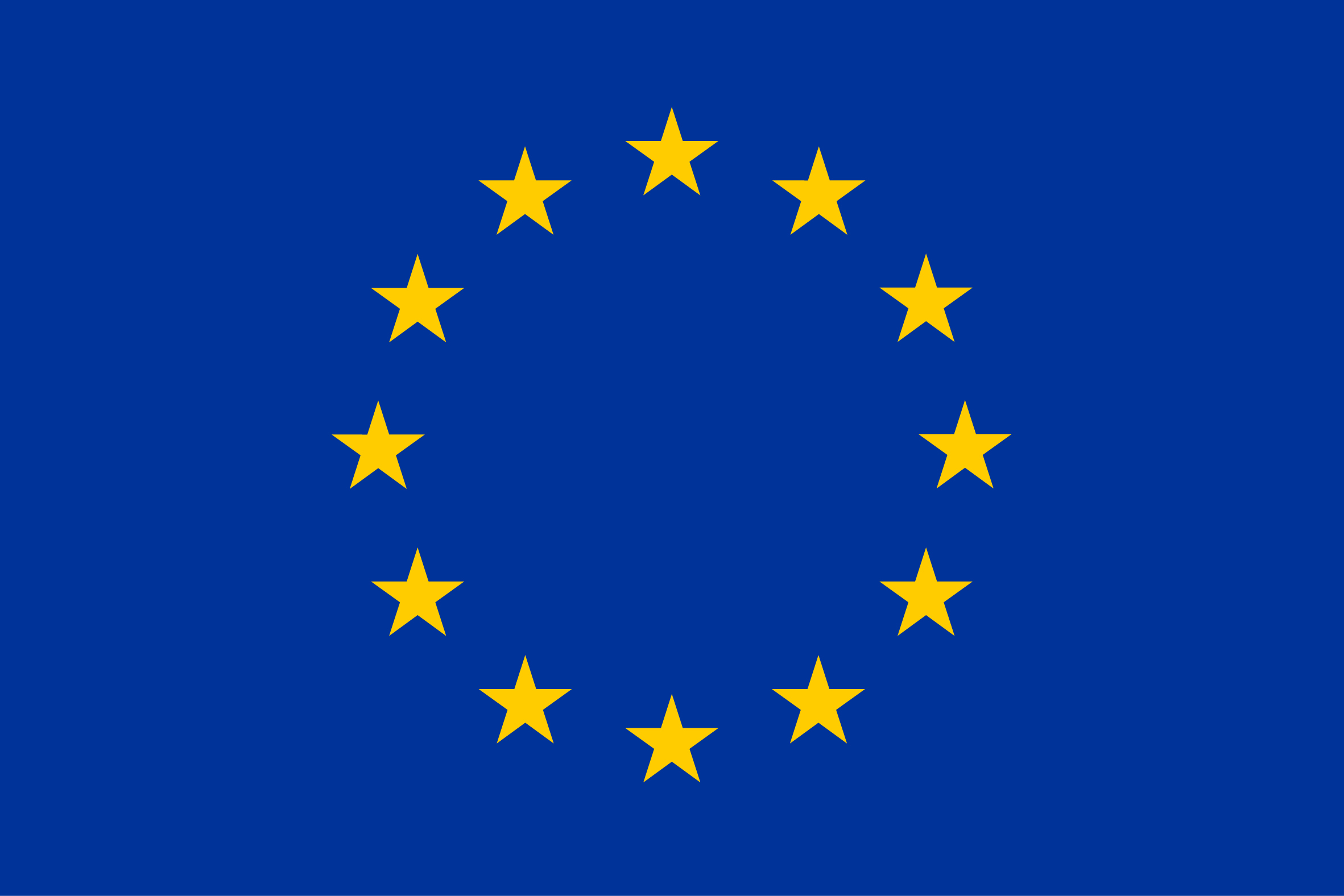CrowdDNA is a collaborative project between 7 organizations from 4 European countries funded by the European Commission (EU H2020). It aims to enable a new generation of “crowd technologies”; a system that prevents deaths, minimizes discomfort and maximizes efficiency in the management of crowds.
This project has been selected in the FET Open call as a research and innovation program by the European Union Horizon 2020 (EU H2020) for the period of November 2020 to October 2024.
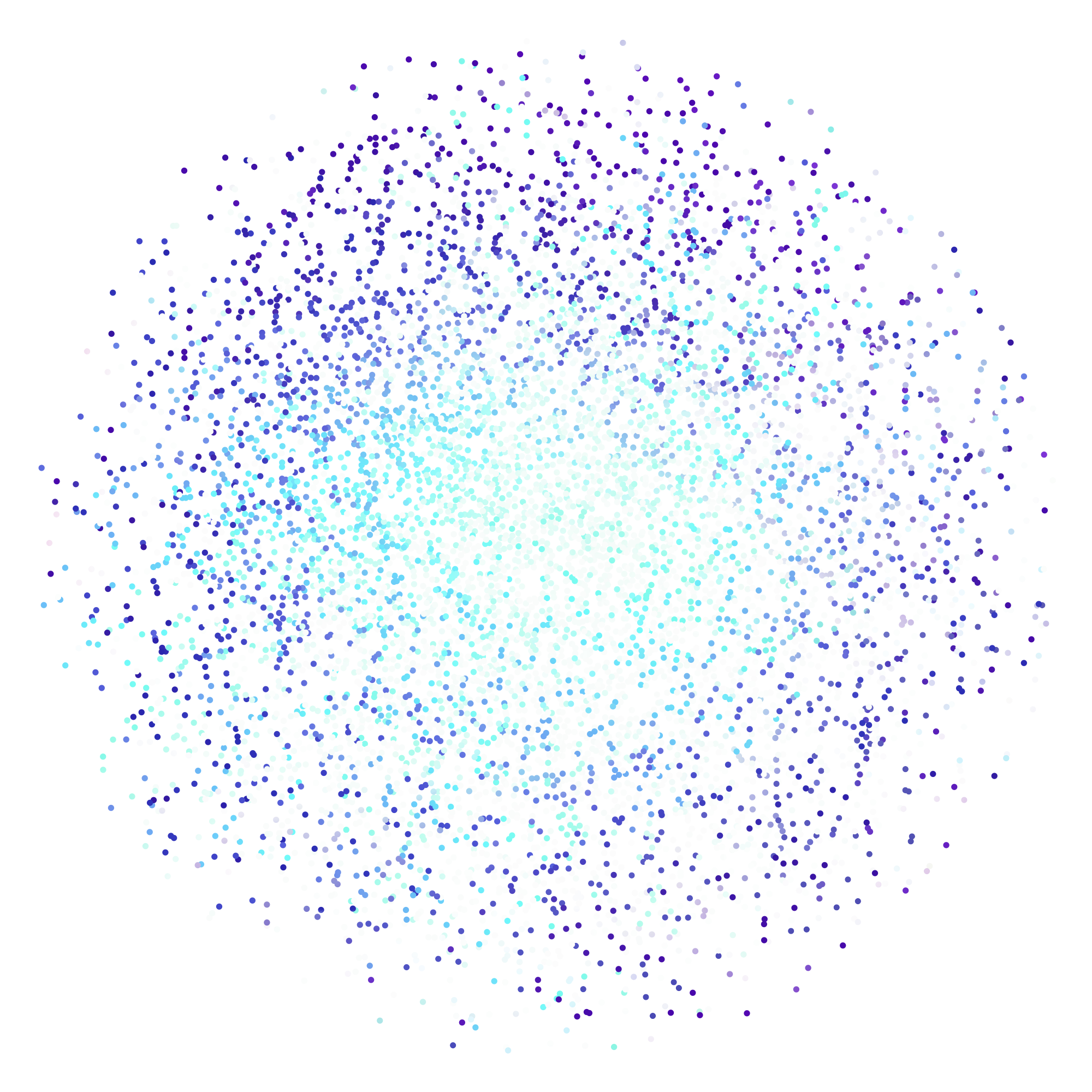
Technologies for computer-assisted crowd management
The CrowdDNA project aims to develop new technologies to help increase the level of comfort and safety of mass gatherings. The project’s vision for crowd technologies goes beyond all existing paradigms.
CrowdDNA relies on the 2 classical cornerstones of computer vision and simulation, but revolutionizes their combination to open a new era of efficient and robust crowd technologies that will rapidly become indispensable to equip any mass event.


An interdisciplinary approach
We bring together the academic expertise from cognitive sciences (ULM), biomechanics (Inria), physics (FZJ), computer science, including in particular Dynamic Modelling and Simulation (URJC), Signal Processing and Motion Analysis (UL), Crowd Modelling and Simulation (Inria).
The application aspects of the project are covered by two small ambitious companies: Onhys, a developer of crowd simulation software for the operational management of public places, and Crowd Dynamics International, a consulting firm for the organization of mass events and the design of infrastructures intended to welcome a large public.
Very promising results
Since the start of the project, a number of experiments have been carried out in small and large groups. A great deal of data was captured during these experiments. Some of this data is already available.
Several crowd observatories have also been installed at major events. The data collected during these events is currently being studied by the different partners.
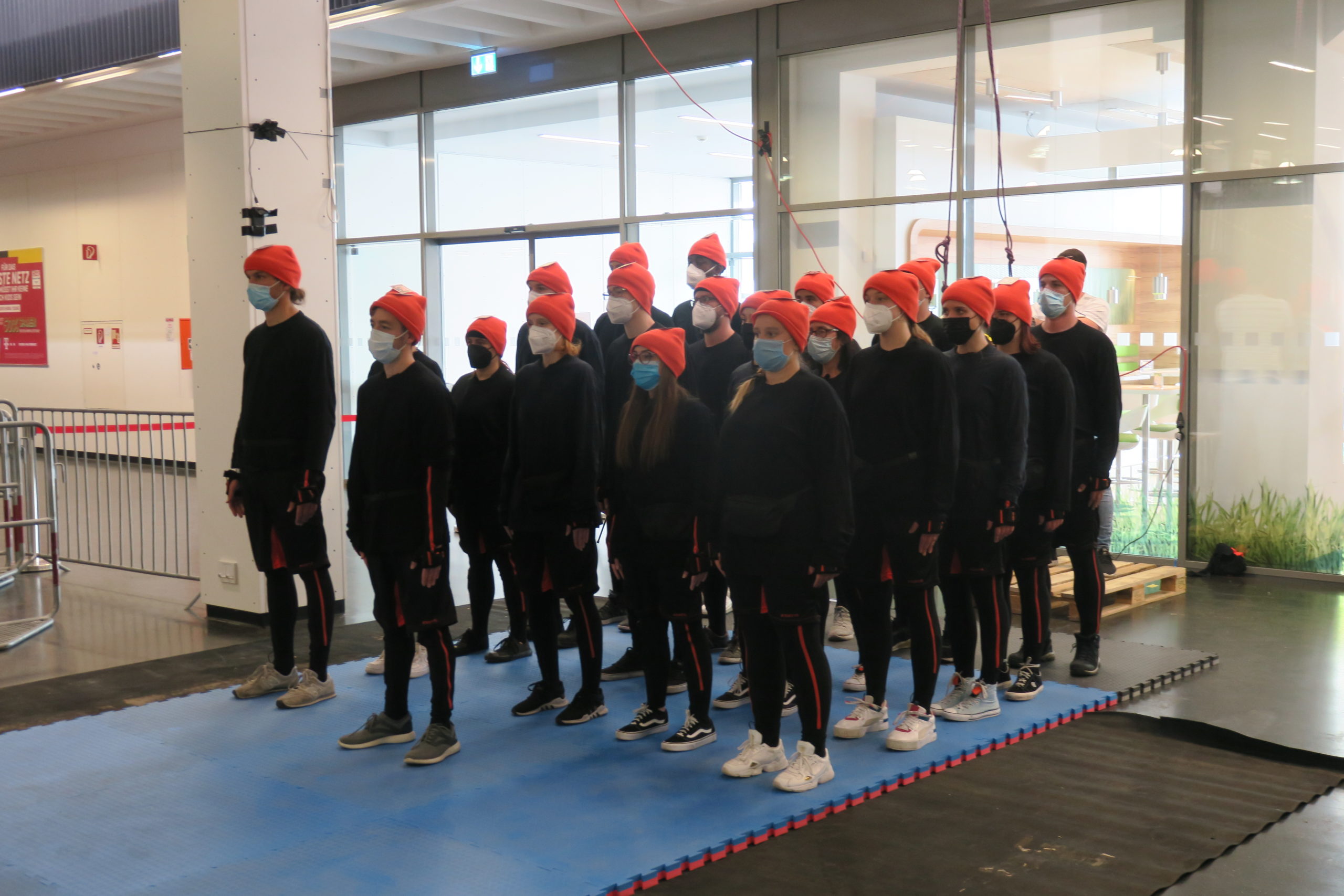

D3.3: CrowdDNA analysis demonstrator
Deliverable D3.3 is a demonstration of the analysis tools produced by WP3 – Macro-to-micro crowd analysis – as part of the CrowdDNA project. In this report we describe the components of the final demonstration, and how it was carried out.

D4.4: Information System for Individuals
This report describes a potential system for providing information to individuals within crowded places. The innovations worked on through the CrowdDNA project and the potential crowd management system described in D4.3 could be used for influencing crowd and individual behaviours. This could be to avoid overcrowding of a particular area, encourage crowds to spread out across the site, to direct crowds to avoid an incident or direct them during emergency.

D4.3: Information System for Authorities
This report focuses on the proposed design and requirements for an “information system for authorities”. The information referred to is about crowd data, and this can also be used as a crowd management system for the operation of crowded places. The intention is to consider the needs of practitioners in managing crowds and how they could leverage CrowdDNA and other technologies through a dashboard approach.
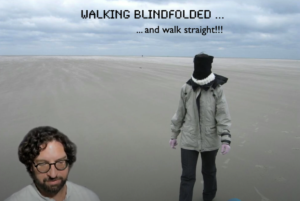
Video: Lost in navigation!
Discover secret of human’s navigation with our new video! 🎥 Have you always wanted to understand what happens when someone tries to walk straight across the desert to find their way back?
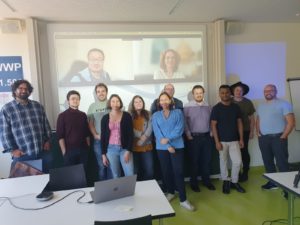
Last hybrid all-hands meeting – Ulm – October 2024
From October 7 to 9 we are all together for a 3 days all-hands in Ulm (Germany). During these 3 days, we worked together on end of the CrowdDNA’s project.
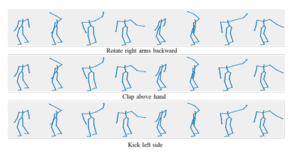
Pattern Recognition 2024: Understanding the Vulnerability of Skeleton-based Human Activity Recognition via Black-box Attack
Yunfeng Diao, He Wang, Tianjia Shao, Yongliang Yang, Kun Zhou, David Hogg, Meng Wang








